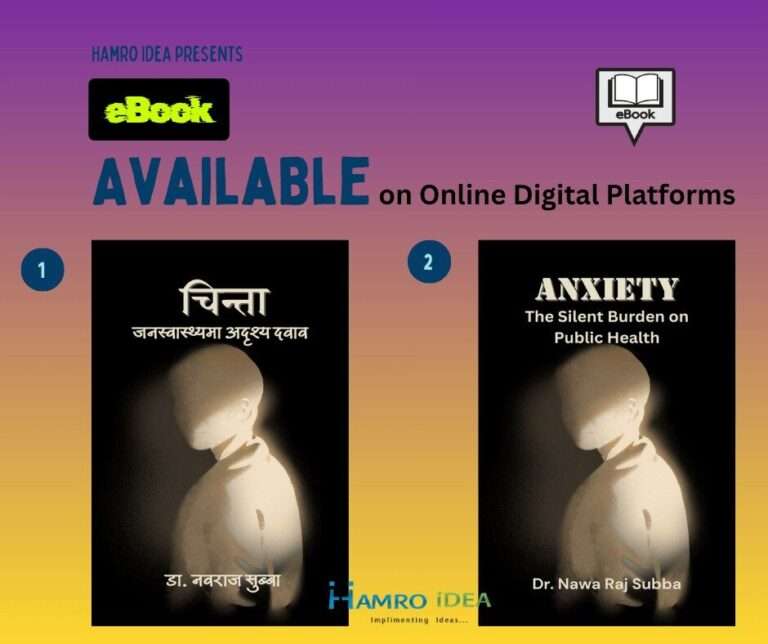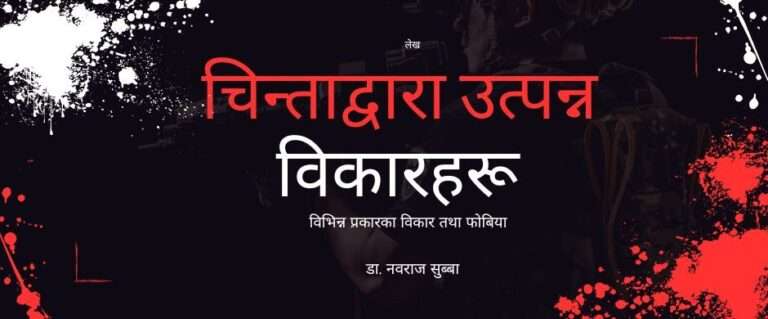Tungdunge and Dhangdhange are Homonyms that Represent Limbu and Dhimal’s Relationship.
IAR Journal of Humanities and Social Science. Dr. Nawa Raj Subba
Abstract
Nepal is a country that is multi-ethnic and multi-cultural. It has geographical regions such as mountains, hills, and plains. There are various ethnicities and cultures among the Kirat families who live in these three regions. Metaphysical intelligence has built the ethnic’s culture. Native culture and geography have shaped ethnic identity and evolution. Religious, political, and administrative forces in the state have also contributed to ethnic development and their integrity. The Limbu and Dhimal of the Kirat family, who claim that any clan is culturally or fundamentally different ethnicities, are thus members of the Kirat family. Limbu developed his own culture and identity while living on the hill. Living in the Terai gave Dhimal a unique culture and existence. A traditional idea prevails that these two groups are brothers. According to Dhimal folklore, they came from the Ganges plain. Kirat crossed the Himalayas and was known as Limbu, Rai, while those who stayed were known as Dhimal in Terai. Kirat folklore points Kirat ancestors first appeared in Kholung and Koshi Baraha Kshetra and entered hilly regions of Arun, Varun, and Tamber. In this article, new evidence back up this notion. Tungdunge Mundhum by Samba and Dhangdhange or Maharaja puja by Dhimal are comparable. This research adds Tungdunge mundhum to the historical evidence and argument that the Limbu and Dhimal ancestors were the same. Shred of evidence suggests Kirat’s early incursion was from the south plain to the north hills, based on this link between Dhimal and Limbu.
IARJHSS176-2021-24-44-51

